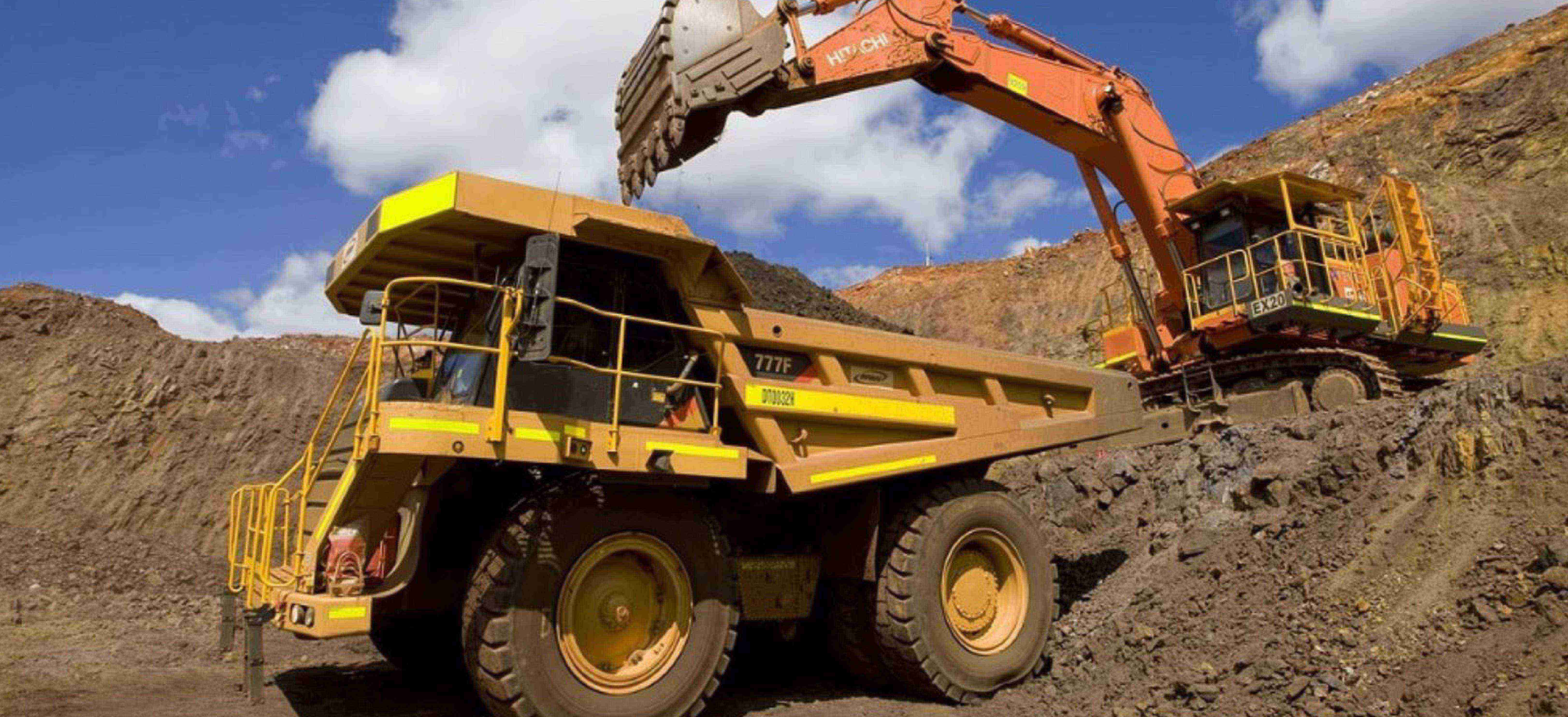ÁNCASH, OCTOBER 27 2021 Ancash: 43% of the population benefits from mining activities

- A total of 540,000 people in the region benefit from direct and indirect employment.
- Of the region's total GDP, 46% belongs to the mining activity, accounting for 8,000 million soles.
43% of the population in the Ancash region (540,000 people) benefit from the development of the mining industry through the generation of employment. This is according to the "Benefits generated by mining in the Ancash region" study, prepared by the Center for Competitiveness and Development (CCD, Spanish abbreviation) and the Peruvian Institute of Mining Engineers (IIMP), which was presented during the first day of the "Territorial development and mining in Ancash" virtual event, which was held on October 27 and 28.
The study also points out that the evolution of direct employment provided by mining has grown exponentially, from 6,000 to 15,000 jobs between 2010 and 2020. Likewise, indirect employment generates 120,000 jobs in the region through suppliers.
"For each direct job, 6 indirect jobs are generated. Hence, mining is a very important industry for the country and mainly for the regions that have projects underway. Thus, we must consider that this activity is the most important for the economy of Ancash, since it accounts for 46% of its total GDP", stated Rudy Laguna, director of the CCD.
Resources generated by mining
As of 2020, mining activity has already generated a total of S/14.9 billion in revenues for Ancash. Of the total revenue, S/13 billion came from fiscal redistribution (canon minero); S/1.2 billion from royalties and S/7 million through the Programa Minero de Solidaridad con el Pueblo-PMSP (Mining Program of Solidarity with the People) and the Social Fund (FS).
"Calculations show that the total amount collected by 2020 through tax contributions is equivalent to 29,800 ICU beds, 5,960 oxygen plants, 14.9 thousand km of roads and 212 COARs," said Laguna.
Along the same lines, the region's GDP has tripled in a period of 16 years (1994 - 2020), going from S/6.6 million to S/18.7 million. Likewise, the study indicates that the monthly GDP per capita per in Ancash rose from S/581 to S/1562 soles during this period, with mining as the main economic sector, which represents (by 2020) S 8.5 million.
Mining and poverty alleviation
The study also shows that mining, through employment, investments by mining companies and the economic resources generated for the region, reduced poverty from 63% in 1995 to 30% by 2020, including the COVID-19 effect.
In this regard, the increase in family income in the province of Huari, where the Antamina mining project is being developed, was highlighted. There, the monthly income per family grew by S/463, going from S/200 to S/663. Meanwhile, in the district of San Marcos, located in the same province, income increased from S/200 to S/1,067.
"Mining is an industry that energizes and empowers not only the regions where it is developed, but also the country in general. The generation of direct and indirect local employment boosts the economy and contributes to sustainable development. Moreover, we should take advantage of the fact that Ancash is the main national producer of zinc and copper, to generate contributions and prioritize exploration activities", said Miguel Cardozo, president of Rumbo a PERUMIN.
Mining potential in Ancash
It should be noted that the mining investment portfolio in Ancash is valued at $1.282 billion, which are distributed in the provinces of Pallasca, Yungay and Bolognesi, with the Magistral, San Luis, Pachapaqui expansion and Hilarion projects, respectively.
The study also indicates that by 2031, the execution of the mining project portfolio will allow the population benefited by this industry to grow by 51%, through the generation of employment. This would represent a total of 979 thousand beneficiaries through the generation of 245 thousand direct and indirect jobs.
"We must consider that the development of mining would reduce poverty to 10% by 2031. However, the development of projects in the portfolio -and above all, exploration projects which are fundamental to continue generating greater investments and benefits for the region, should be prioritized" concluded Cardozo.







